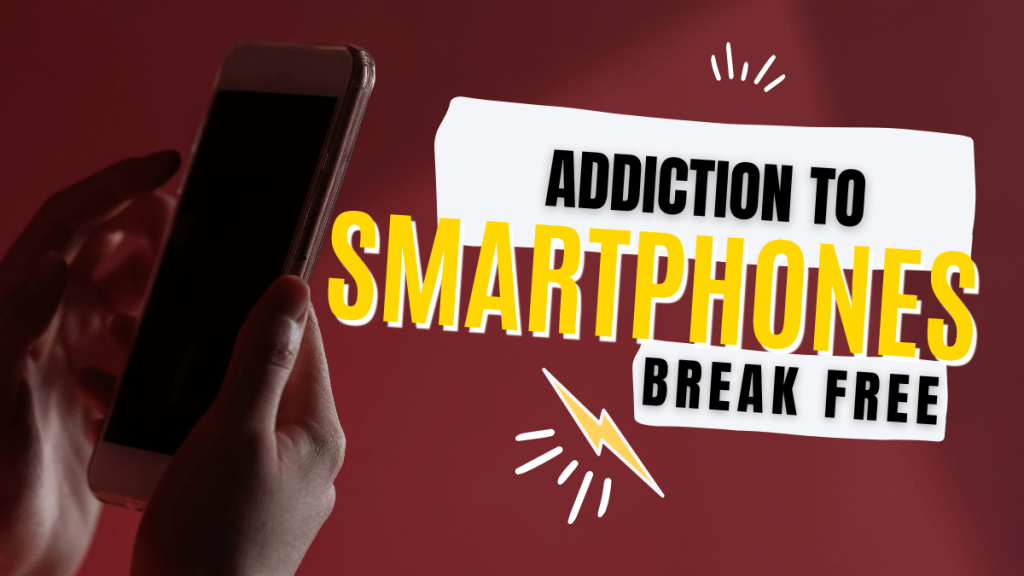In today’s digital age, smartphones have become an integral part of our lives, offering convenience and connectivity like never before. However, the rapid advancement of technology has led to a growing concern – smartphone addiction. In this article, we’ll explore the causes, consequences, and strategies to overcome this modern dilemma.
Understanding Smartphone Addiction
The Science Behind Addictive Apps
Smartphone applications are designed with a deep understanding of human psychology. They employ various techniques to keep users engaged and coming back for more. Features like push notifications and infinite scrolls trigger the brain’s reward center, releasing dopamine, the “feel-good” neurotransmitter. This biochemical reaction contributes to the addictive nature of certain apps.
Social Media’s Role
Social media platforms play a pivotal role in smartphone addiction. They create a virtual world where individuals seek validation through likes, comments, and shares. This constant validation loop can lead to excessive screen time, negatively impacting mental health.
Signs and Symptoms
Impact on Mental Health
Excessive smartphone use has been linked to anxiety, depression, and feelings of loneliness. The constant comparison with curated online personas can erode self-esteem and create unrealistic standards.
Detrimental Effects on Relationships
Smartphone addiction can strain relationships, as quality time spent with loved ones dwindles. Couples and families may find themselves physically present but emotionally distant due to continuous digital distractions.
Root Causes of Smartphone Addiction
Dopamine and Instant Gratification
Apps are designed to provide instant gratification – alike, a match, a message – all at the swipe of a finger. This taps into the brain’s pleasure center, fostering a cycle of dependency.
Fear of Missing Out (FOMO)
The fear of missing out drives individuals to stay glued to their screens. The constant need to be updated on social activities and events can create a sense of anxiety if one feels disconnected.
Breaking Free from Smartphone Addiction
Digital Detox: Where to Start
Embarking on a digital detox involves consciously reducing screen time. Start by designating specific tech-free hours and gradually extending them. This allows the brain to reset and reduces dependency.
Setting Appropriate Boundaries
Establishing boundaries is essential. Use features like app limits and “Do Not Disturb” modes to minimize interruptions during work, family time, and sleep.
Nurturing Healthy Habits
Mindfulness and Meditation
Practicing mindfulness and meditation can help regain control over smartphone use. These techniques enhance self-awareness and reduce the urge to mindlessly scroll.
Physical Activities and Hobbies
Engaging in physical activities and hobbies not only occupies your time but also provides a sense of accomplishment and fulfillment beyond the digital realm.
Parental Control and Children
Educating the Younger Generation
It’s vital to educate children about responsible smartphone usage. Teach them the importance of balance and healthy screen time limits from an early age.
Being a Role Model
Parents should lead by example. Children are more likely to adopt balanced smartphone habits if they see their parents practicing them consistently.
Seeking Professional Help
Therapists and Counselors
If smartphone addiction severely impacts your life, seeking professional help is a viable option. Therapists can provide coping strategies and tools to manage digital dependence.
Support Groups and Communities
Joining support groups or online communities focused on digital detox can offer a sense of belonging and encouragement on the journey to recovery.
Embracing a Balanced Digital Lifestyle
Importance of Face-to-Face Interactions
Real-world interactions are invaluable. Prioritize spending time with friends and family in person, nurturing deeper connections.
Finding Joy Beyond the Screen
Discover activities that bring genuine joy and satisfaction. Engaging in hobbies, exploring nature, and pursuing passions can help shift the focus away from screens.
Conclusion
Smartphone addiction is a real and growing concern in today’s fast-paced world. By understanding its roots and implementing strategies like digital detox, setting boundaries, and fostering healthy habits, you can regain control over your life and find a harmonious balance between the digital realm and the real world.
FAQs
- Q: Is smartphone addiction a recognized psychological condition?
- A: While not officially classified as a disorder, excessive smartphone use can have serious negative effects on mental health.
- Q: Can smartphone addiction be self-diagnosed?
- A: Yes, monitoring your screen time, emotional responses to notifications, and impact on daily life can provide insights into your dependency.
- Q: Are there apps to help manage smartphone usage?
- A: Yes, various apps are available that track and limit screen time, helping users manage their smartphone use.
- Q: Can I completely eliminate smartphone use?
- A: Complete elimination might not be necessary, but adopting a more mindful and balanced approach is recommended.
- Q: How can I encourage my teenager to reduce smartphone use?
- A: Open communication, setting limits together, and involving them in offline activities can be effective approaches.

